Bruce who? This Manx is a forgotten kit car from ’90s France
The Citroën 2CV is not a sporty vehicle. Sure, people race them, and rally them, and 2CVs can be driven far more quickly than you’d infer from just looking at them, but on a scale of sportiness they rank somewhere between Obelix the Gaul and a provincial charcuterie.
And yet, the 2CV has provided the basis for numerous specials over the years, many of which have taken the people’s car’s mechanicals and reclothed them in lower, lighter, and more rakish forms. Few were fast, but plenty could be described as sporty, even with a straight face.
The Manx 2CV is among the most fascinating. Far from the usual 1930s-speedster aesthetic of cars like the Pembleton, Lomax, or Blackjack Avion, all of which used 2CV mechanicals, the Manx was thoroughly modern when launched in the mid-1990s. If not a perfect contemporary of the emerging roadster class of the era, then it was at least closer in spirit to cars like the Reliant Scimitar SS1, Mk1 Toyota MR2, or the Fiat X1/9. Albeit front-wheel drive, given its foundations.
Cohesive (and not unattractive) styling belies the parts bitsa corralled to create this plastic-bodied tin snail. This Dutch enthusiast site lists everything from Volkswagen Scirocco headlights and Fiat Strada taillightsto the windscreen from a Cinquecento. (Fiat 500, to those stateside.) And if those aren’t the ubiquitous Allegro door handles…
What’s immediately apparent from the car on display with the Citroën Specials Club at the NEC Classic Car Show is the work designer Jim Clark (no relation to the racing legend) did to make it usable.
The cabin is enormous by the standards of most 2CV specials, even if the layout is somewhat rudimentary—a Lotus Elise looks positively decadent in comparison. The bare spaciousness is aided by the 2CV’s flat floor and dash-mounted gearchange and handbrake. In fact, it’s almost a shame the car doesn’t have a bench seat, for Matra Murena–style passenger carrying.
The rear deck implies good luggage space too, while lifting the one-piece front clamshell reveals mechanical access at least on a par with the donor Citroën, along with the benefit of being able to sit on a front wheel while you’re noodling around under there.
Full details are difficult to come by, but as Specials Club member John McRae explains, that could be because only around 15 Manxes were ever built. The club is aware of 12 of them, and the owner of this one—who was not present at the show—has spent the last six years rebuilding it, which explains the excellent condition and rather fetching paint job.
It isn’t, McRae says, particularly quick, using standard 2CV mechanicals. The Dutch site mentioned earlier lists a curb weight of 1290 pounds, similar to that of a late 2CV6; but with a quoted top speed of more than 80 mph, Clark’s lines clearly offered an aerodynamic advantage, as well as a smaller frontal area.

Handling must be fascinating: The 2CV’s interconnected suspension survived the conversion unscathed but now must deal with a lower profile. With similar weight to the original, the Deux-Chevaux’s impossibly good ride quality should be preserved. There are some roads where a Manx must be difficult to shake …
The plastic body promises rigidity too, and with the roof in place, refinement must be at least as good, if not better, than the traditionally rag-roofed 2CV.
The Manx project apparently drew to a close in 2000, and while it briefly returned under the Deauville brand in the early 2010s, it has since disappeared back into the history books. You can still buy other 2CV-based kits today, but none are quite as contemporary—or, arguably, as sporty—as the Manx 2CV.


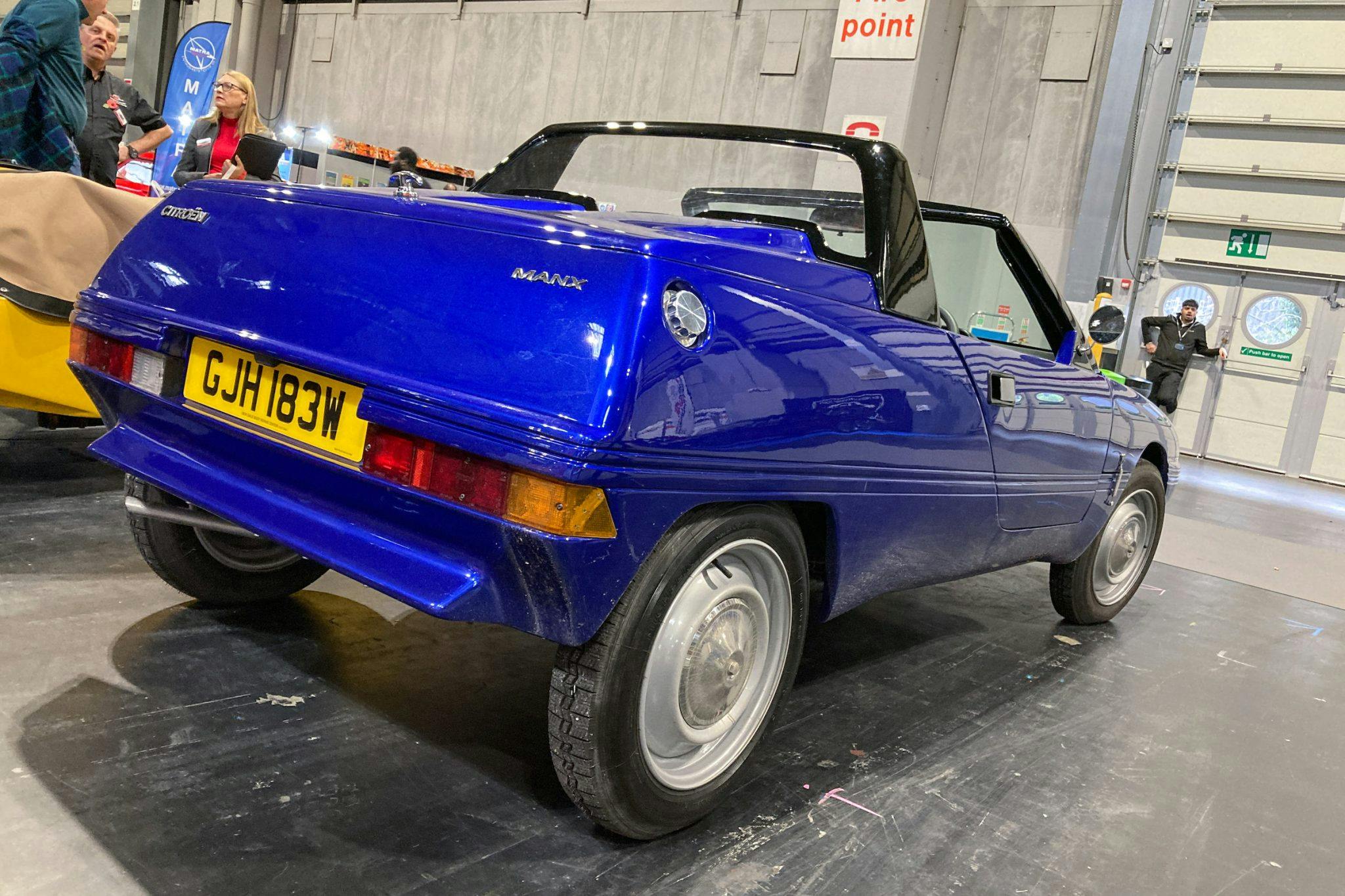
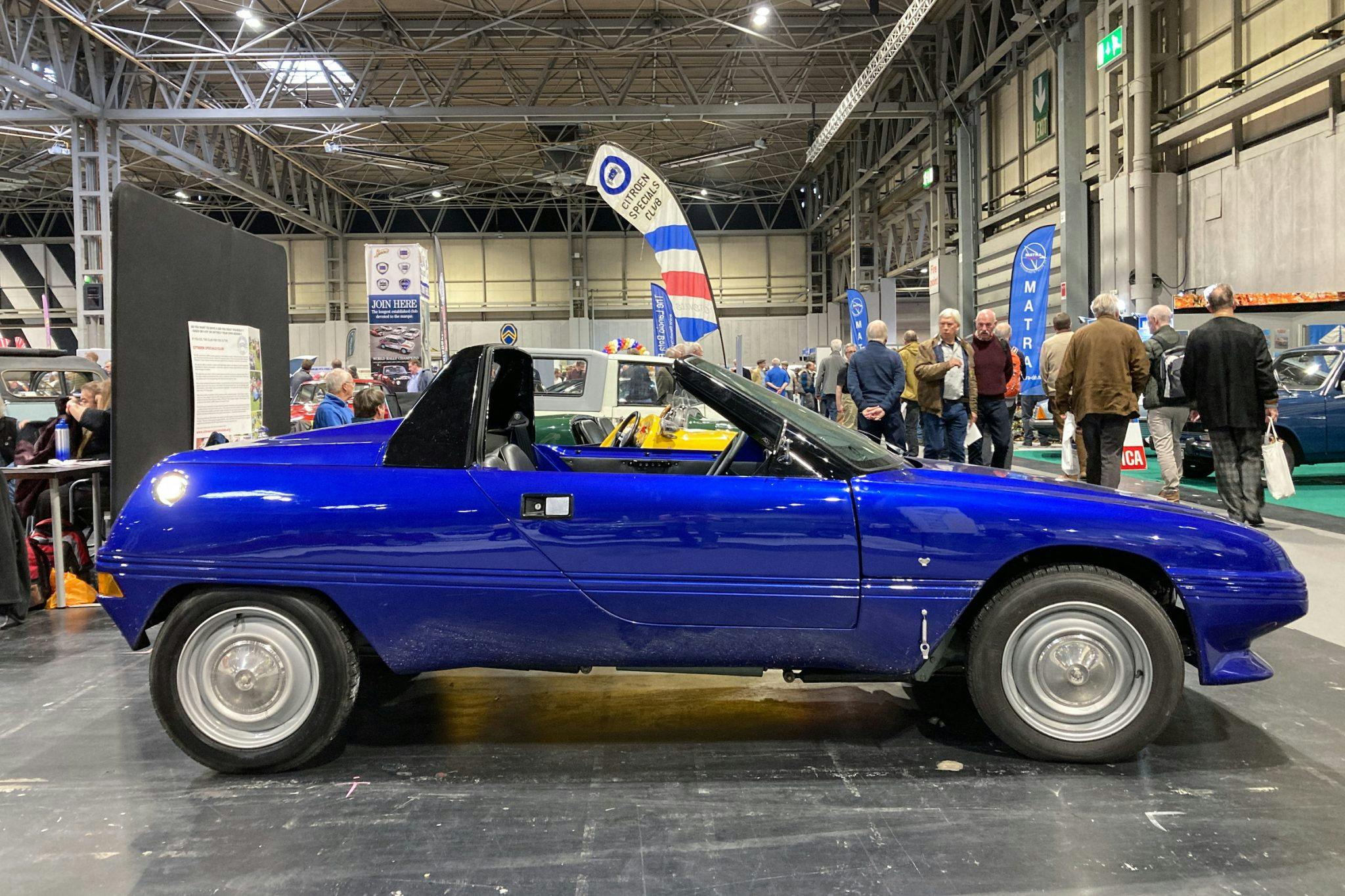
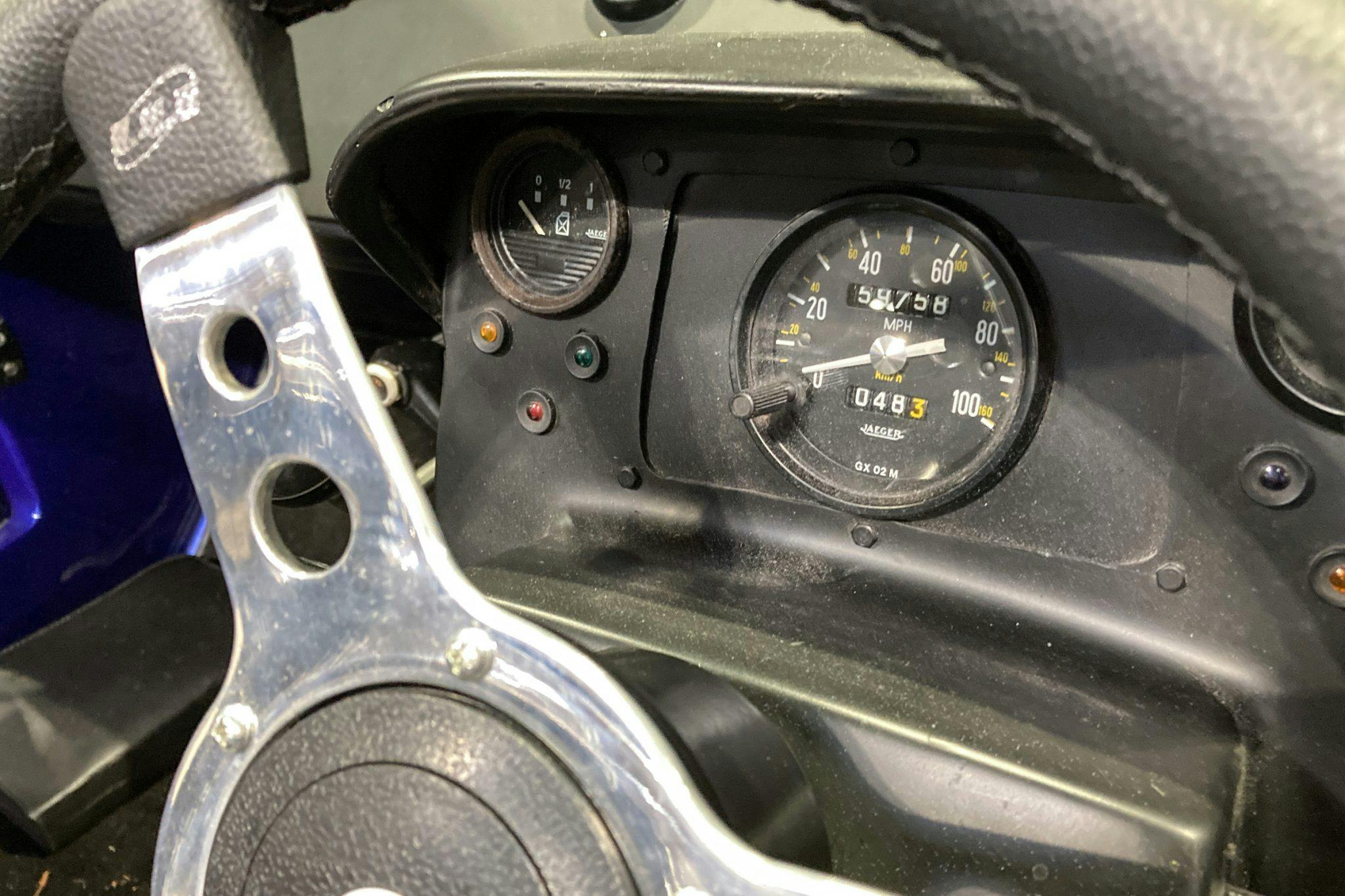
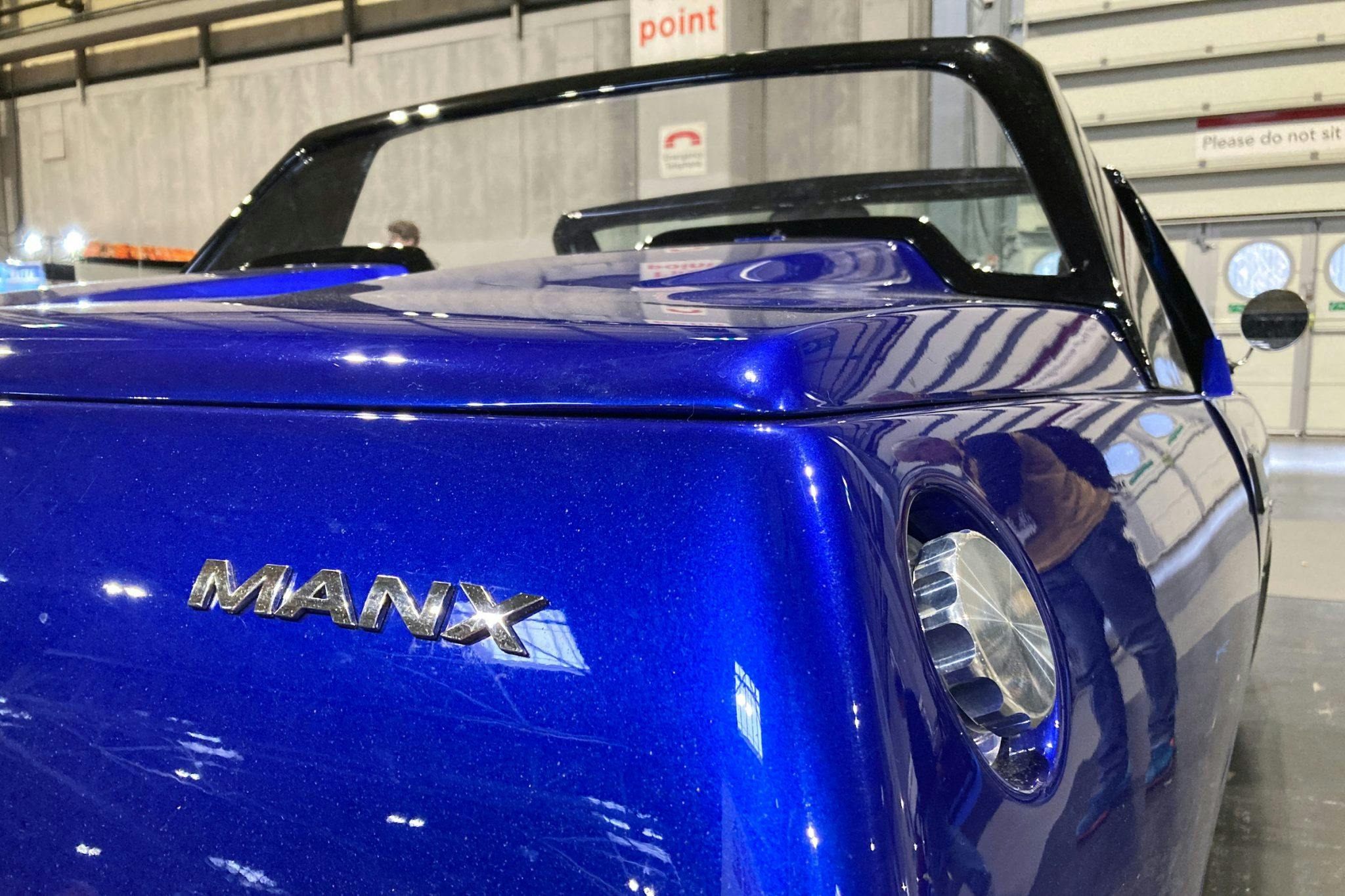
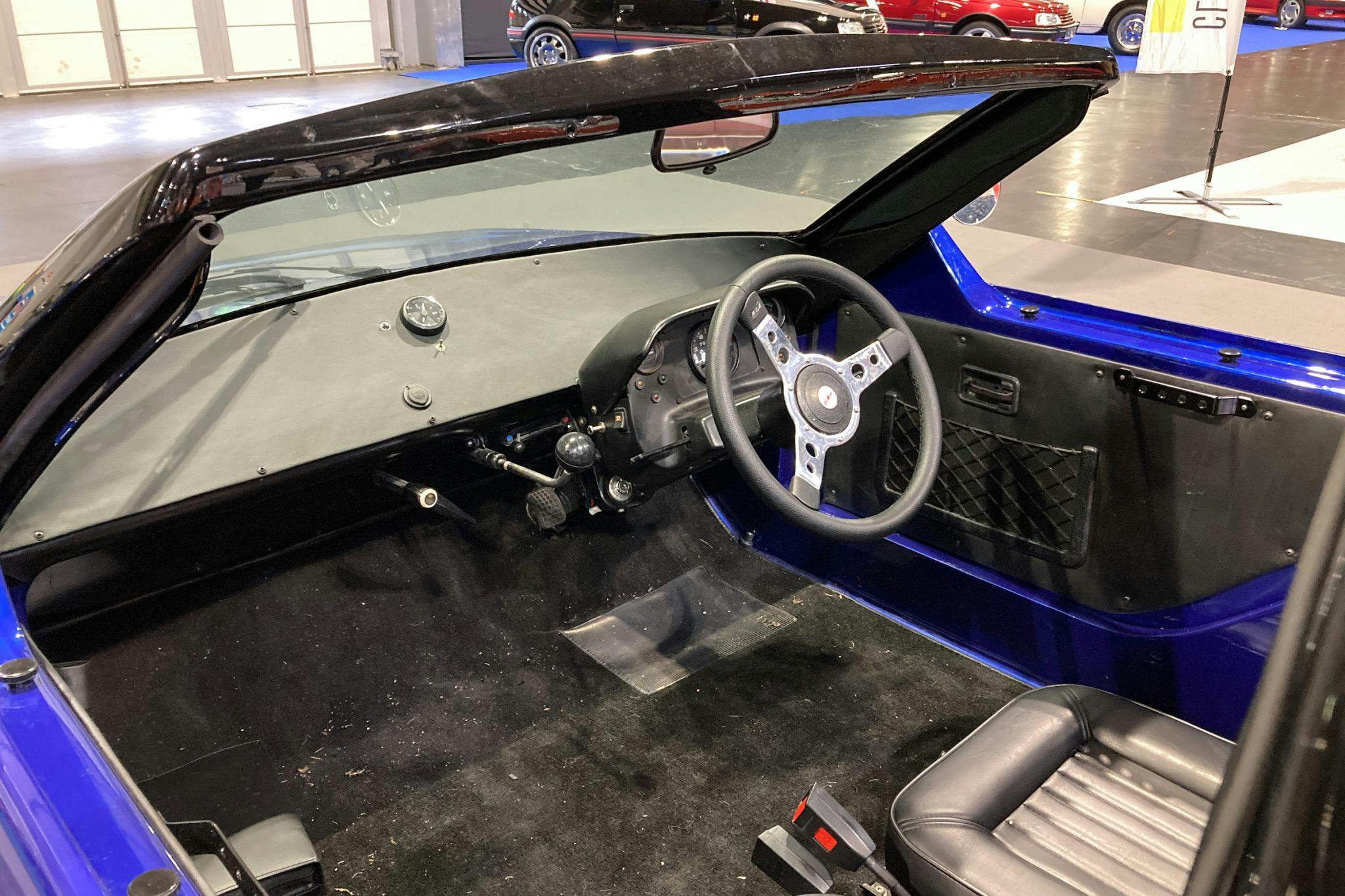

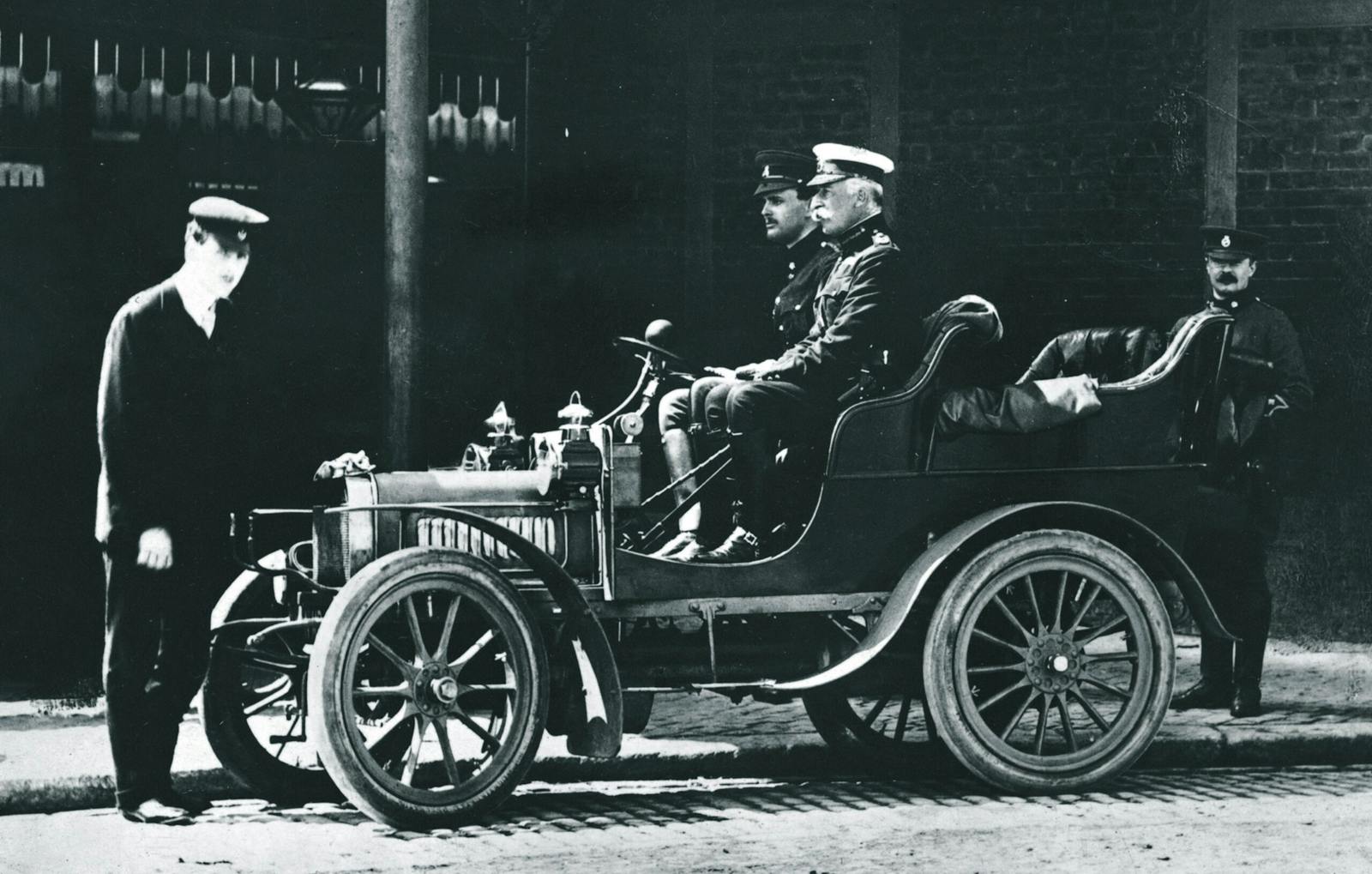
Just when you think you’ve seen them all. These stories are the reason Hagerty has become the go to car site.
I never knew about these, and I own a 2CV. It’s extremely cool. I’d love to have one in LHD.
Is it just me? This thing looks like a giant POS.
Not a 2CV fan but this might be worse.